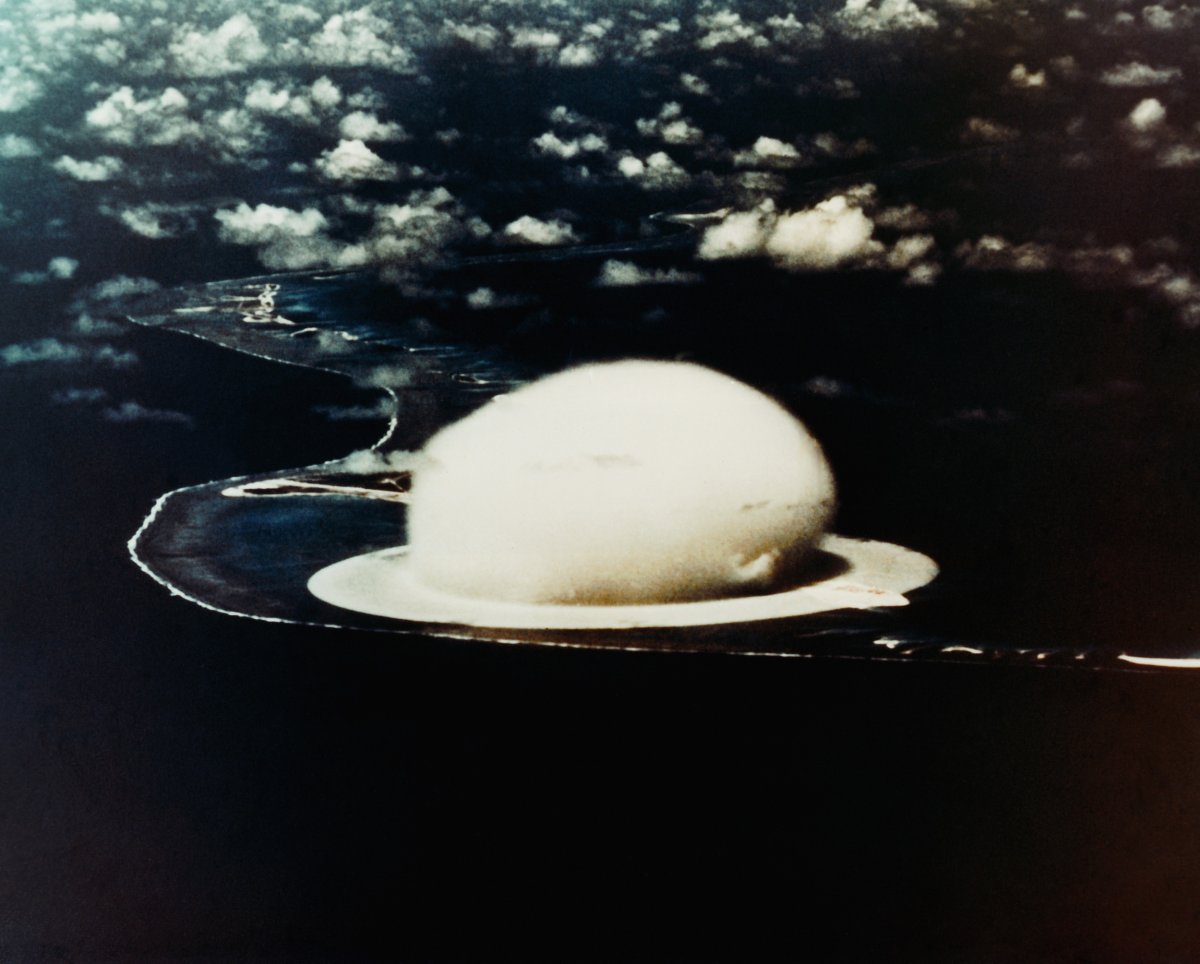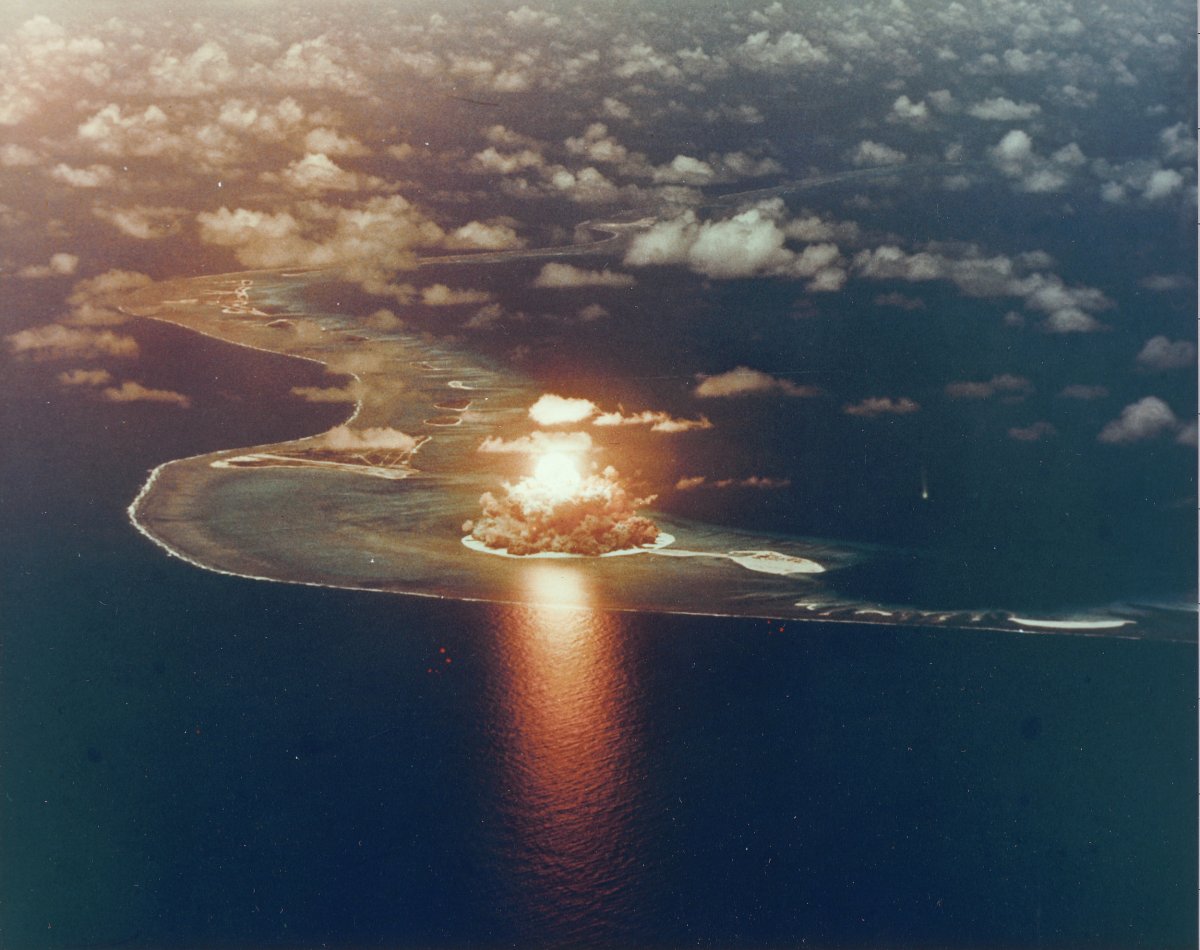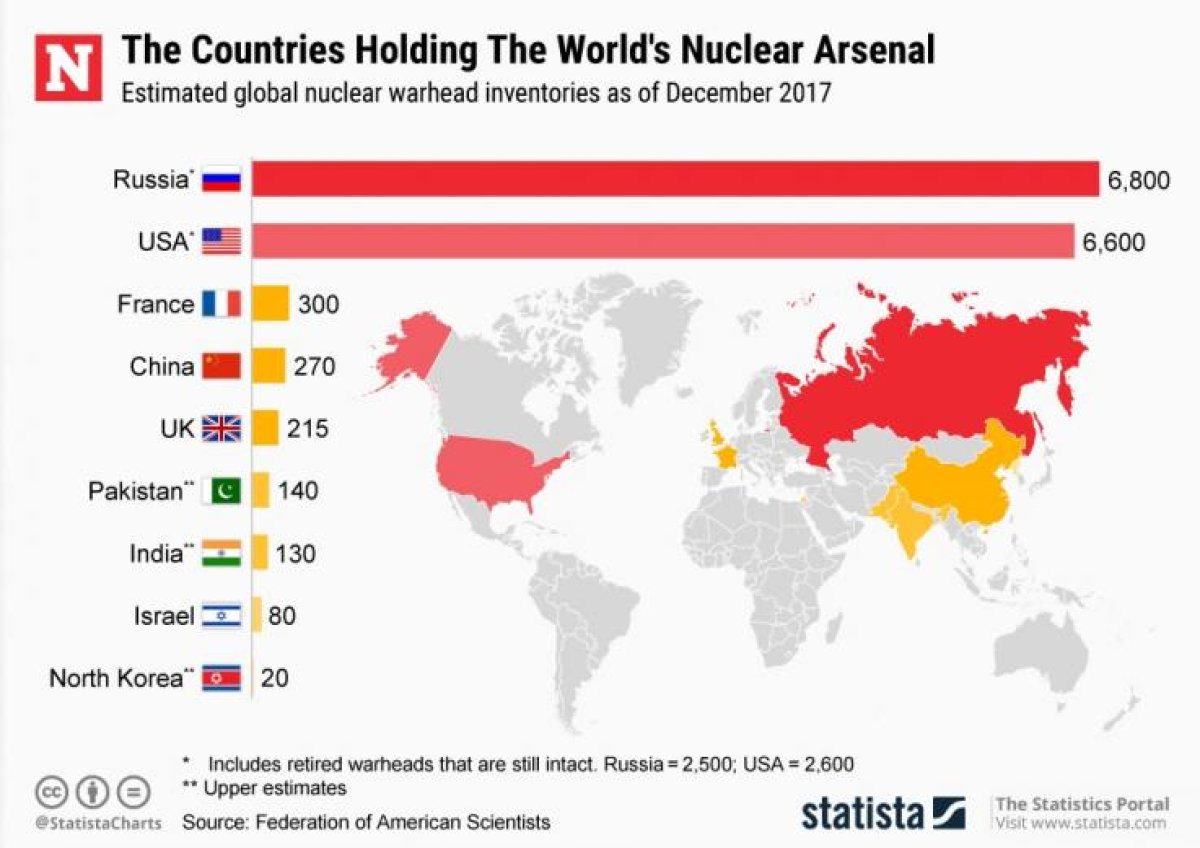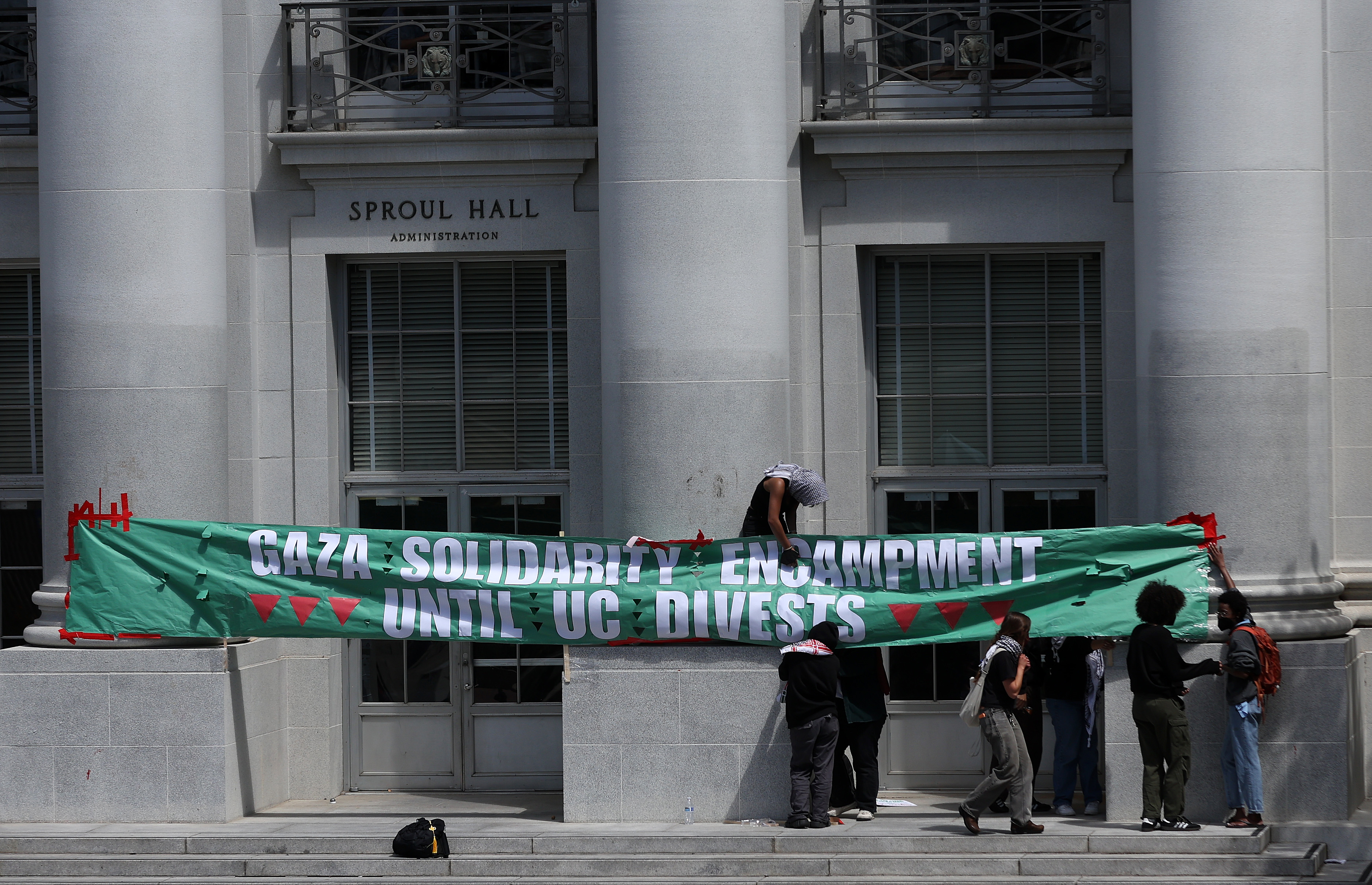Climate change threatens to disturb a gigantic heap of nuclear waste contained inside the Runit Dome on the Marshall Islands, known to locals as "the tomb."
A 15-month investigation by reporters at The Los Angeles Times and Columbia University's Graduate School of Journalism found the Tomb is barely holding it together as it is—but rising sea levels and higher temperatures triggered by anthropogenic climate change could tip it over the edge and leak (more) toxic waste into the surrounding areas.

Runit Dome was built in the 1970s to store more than 3.1 million cubic feet of nuclear debris after years of atomic testing conducted by the U.S. government had scattered large quantities of radioactive material across islands in the Enewetak Atoll. According to information recently received by the LA Times, the Marshall Islands were also used as a testing ground for conventional and biological weapons following a temporary moratorium on nuclear testing in 1958.
The most toxic waste was scooped up and dumped in the tomb, constructed on top of an unlined crater and covered with an 18-inch cap—fulfilling "a moral obligation" on the part of the U.S., unclassified documents read by the LA Times show. But even then, there were concerns over how fit for purpose this structure really was. A 1981 military document cited by the LA Times revealed several people knew "radioactive material was leaking out of the crater even then and would continue to do so."
It's almost 40 years later and climate change has to be added to the equation. Rising sea levels are an area of particular concern.
Projections suggest average sea level rise could exceed two meters (6.6 feet) by the end of the century, but the Marshall Islands seem to be more affected than many other parts of the world. Sea levels in the area have risen around 0.3 inches (7 millimeters) a year since 1993, satellite images show—the world average, in contrast, is 0.11-0.14 inches (2.8–3.6 millimeters), a report from the International Climate Change Adaptation Initiative shows.
The tomb is already showing signs of wear and tear but storms and ocean waves brought on by rising sea levels could cause more havoc in the future, causing the Runit Dome to split and discharge toxic chemicals into the nearby environment.
A government report published in 2013 addresses these possibilities, finding sea-level rise and changes to the frequency and severity of storms such as typhoons could "impact on the integrity of the containment structure and stabilized debris pile," enhancing "leaching and migration of radionuclides away from the site."
But Terry Hamilton of the Lawrence Livermore National Laboratory involved in the 2013 report has said the dome doesn't present a threat to locals—"there is no radiological basis why I or anyone else should be concerned about living on Enewetak," he told the LA Times.

The U.S. government may have detonated the bombs and built the tomb, but they are now reneging their responsibility to make sure it does its job, placing the burden on the Marshallese government because the dome is on Marshallese land, say locals.
"We don't want it. We didn't build it. The garbage inside is not ours. It's theirs," said Hilda Heine, the president of the Republic of the Marshall Islands, the LA Times reports.
"Runit Dome represents a tragic confluence of nuclear testing and climate change," Michael Gerrard, director of the Sabin Center for Climate Change Law at Columbia University, told reporters writing for The Guardian in 2015. "It resulted from US nuclear testing and the leaving behind of large quantities of plutonium."
"Now it has been gradually submerged as result of sea level rise from greenhouse gas emissions by industrial countries led by the United States."
Below is a graph created by Statista displaying the nuclear arsenal of the nine countries with nuclear weapons.

Uncommon Knowledge
Newsweek is committed to challenging conventional wisdom and finding connections in the search for common ground.
Newsweek is committed to challenging conventional wisdom and finding connections in the search for common ground.
About the writer
To read how Newsweek uses AI as a newsroom tool, Click here.








